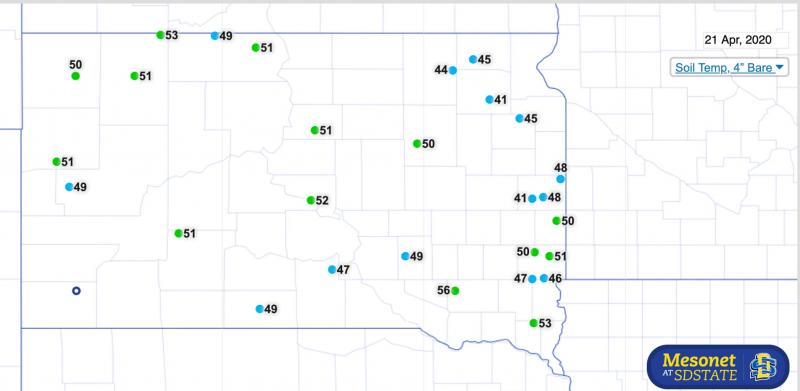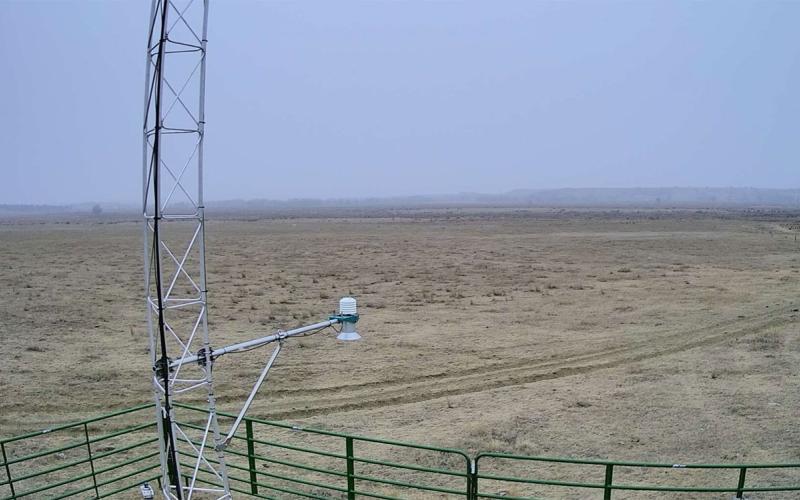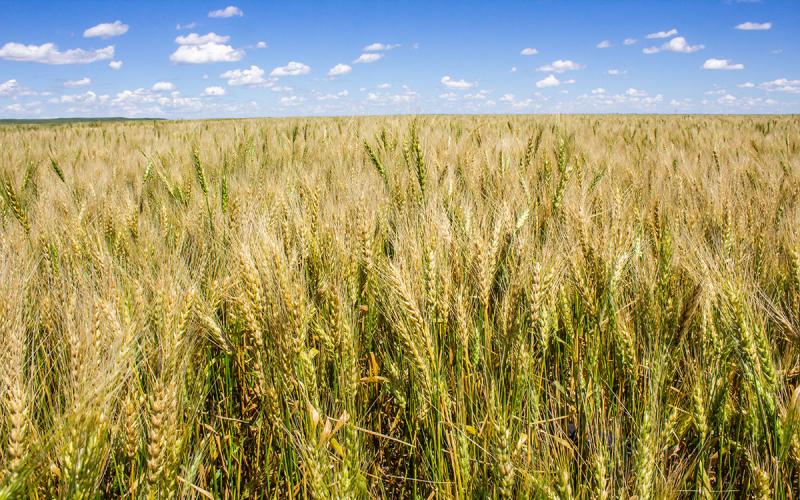Originally Published: April 24, 2020
Written collaboratively by Laura Edwards; Jonathan Kleinjan, former SDSU Extension Agronomist; and Nathan Edwards.
When spring season arrives, sunny skies and warm breezes make us anxious to get in the field and plant our crops.
Soil temperature is an important consideration for deciding when to begin planting spring crops. When measuring soil temperature, it is recommended to use a 3-day average, as shallow soil layers can have large swings in temperature from day to night and from day to day. For example, a recent day in late April showed soil temperature fluctuating more than 15 °F at several sites in a 24-hour period.
For germination in small grains, the recommended 3-day average soil temperature is 34-36 °F for spring wheat and 40 °F for oats. For corn, germination occurs at 50 °F but planting often occurs earlier when soil temperatures are lower. A corn field planted when the 3-day average soil temperatures are greater than 50 °F will typically emerge more quickly and uniformly than one planted earlier when soil temperatures are cooler. Uniform emergence is especially important in corn and producers must balance the benefits of planting early with the risk of poor germination and emergence due to cool soil temperatures. Soybeans can also germinate at 50°F but warmer is better, as the ideal soil temperature for germination is 77°F.
SD Mesonet Soil Temperature Data

If producers in South Dakota would like a quick reference for soil temperatures in their area, the SD Mesonet network measures soil temperature at five depths at several weather stations throughout the state. The website shows the 4-inch depth soil temperature under bare soil. While the planting depth for crops is shallower than the sensor at 4 inches, this measurement is the agricultural engineering standard for weather and environmental observations. Current agronomic soil temperature recommendations take this difference of planting depth and sensor depth into account, and so 4-inch depth is valid to use for spring planting.
The SD Mesonet website updates every 10 minutes, as well as daily averages. When visiting the website to view daily average soil temperatures, it is recommended to view these data in the “Archive” using the menu at the top of the page, then choosing “State Maps”. Using the menu on the map, the user can then choose the date and “Soil Temp, 4” Bare”.
To view recent soil temperature data for an individual station, go to “Current” and then select “Local Data”. Clicking on a station will lead you to the current observations for that location. Once you are viewing a single station, you can choose the tab for “History” to see the last seven days of measurements. The 7-day Table is sometimes easier to view for a quick overview of recent soil temperatures.


